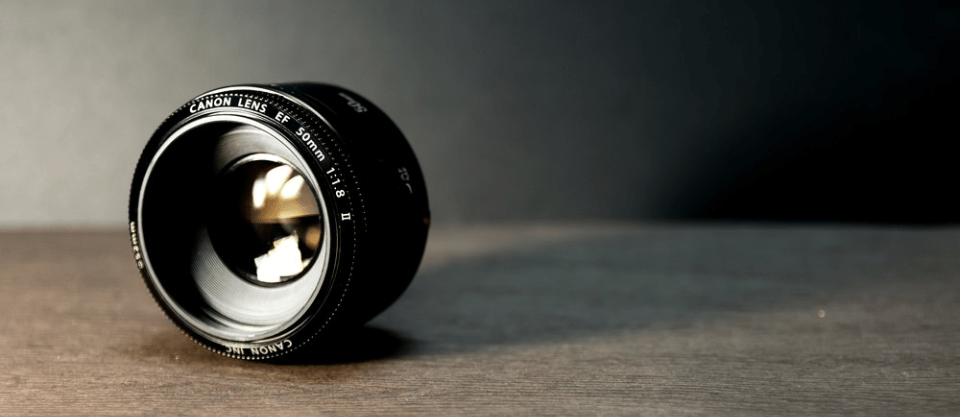
Prime Lens Vs. Zoom Lens: Which One Is Best?
Lenses come in one of two types: prime lenses or zoom lenses. Where prime lenses are fixed, zoom lenses can vary their focal length. Where prime lenses are affordable, zoom lenses get expensive fast. Where one photographer is quick to suggest always buying zoom lenses, another raves about his favorite prime lens. So which is best, a prime lens or a zoom lens?
The Prime Lens
Prime lenses are fixed. You cannot change their focal length by zooming in or out. Of course, that limits their versatility. If you want to get closer but can’t physically move closer, you have to swap out lenses. In some scenarios, the time spent swapping out lenses can mean missing the money shot. Buying a set of prime lenses to cover different focal lengths also means you’ll have more gear to carry around.
So why the hype on prime lenses? While they may be fixed, prime lenses typically offer a much wider aperture. It’s much easier to find an f/1.8 lens in a prime than it is to find a zoom with that kind speed. Those f/1.8 apertures come in handy for creating bokeh, utilising a shallow depth of field and shooting in limited lighting.
Prime lenses also come in at a better price. A Nikon 24-70mm f/2.8 lens, for example, costs over $2,000. A 35mm f/1.8 prime lens from the same manufacturer costs about $200. Adding fast zoom lenses to your kit quickly gets extremely expensive.
 The Zoom Lens
The Zoom Lens
The advantages of a zoom lens are undeniable, however. Zoom lenses cover a range of focal lengths quickly, without the need to swap out lenses. And since you’ll need fewer lenses, it’s easier to travel light with zoom lenses, even to the point of just needing the camera body and a single lens for a lot of purposes.
It’s tough to find a fast aperture on a zoom lens, however. Most zoom lenses have a maximum aperture between f/3 and f/4, or even more if there’s a big reach. It is possible to get an f/2.8 on a zoom lens and sometimes even wider, but the lens will likely cost even more than your camera body.
Having a zoom makes photography composition a bit simpler. However, shooting with a fixed lens can stir up more creativity, since the reach is limited.
So, which one wins?
So, which is better, prime lenses, or zoom lenses? That varies based on the photographer and the shooting scenario.
Scenario #1: Still Life
Your subject isn’t going anywhere, so you’re not going to miss that perfect moment by swapping lenses. Plus, you can usually physically move closer to your subject. Besides, that wide maximum aperture comes in handy for creating that soft background in a still life photo.
Best: Prime Lens
Scenario #2: Weddings
During the ceremony, it can be hard to predict what focal length you’ll need. Moving closer can be disruptive, and pausing to swap lenses could mean missing an essential moment.
Best: Zoom lens
Scenario #3: Portraits
Portrait photographers often want a wide aperture to draw the most attention to their subject and eliminate any distracting background elements. It’s usually easy to simply move closer or farther away from the subject, though that’s not always the case. If you can’t move physically, swapping lenses usually doesn’t mean missing a big moment.
Best: Prime lens
Scenario #4: Sports
While it is possible to predict the focal length you’ll need for some sports, most are pretty hard to determine where the action is going to happen. A zoom lens allows you to cover the field better than a prime lens would. Since sports also requires fast focusing, it’s tough to use a wide aperture and still nail the focus without a lot of previous experience.
Best: Zoom lens
Both prime and zoom lenses each have their own advantages and their own shortcomings. Ultimately, the decision should be based on the type of photography, the photographer, and the budget. While prime lenses aren’t as versatile, they’re much more affordable, even with wide maximum apertures. Zoom lenses offer that versatility, but come at a higher price.
Looking to sharpen your photography skills? Join our top-rated professional diploma in photography today!



